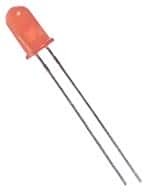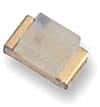Are you doing the whole Facebook thing? How about Twitter?
Well, we are….and we’re also on StumbleUpon, Digg, Delicious and a whole bunch more.
Why should you care? Because we give away a lot of discounts to our Facebook Fans and Twitter Followers! And our Facebook Fans and Twitter Followers are the first to know about newly discounted electronic components, parts and supplies.
We never overload our customers with too much communication but we like to keep in touch. The social media sites have given us a wonderful platform to connect with our customers.
West Florida Components on Facebook
And here’s our Twitter user ID: westfloridacomp (had to be shortened because of their site):
West Florida Components on Twitter
So next time you feel like socializing, come on over and introduce yourself! We’d be thrilled to meet you.



